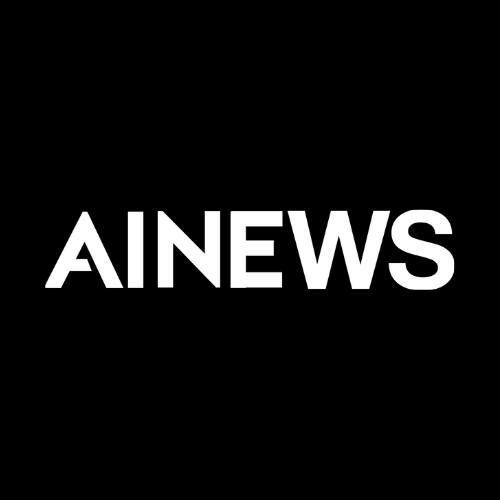


AI News provides news, analysis and opinion on the latest artificial intelligence breakthroughs. Key
200 pessoas curtiram isso
0 Publicações
0 fotos
0 Vídeos



